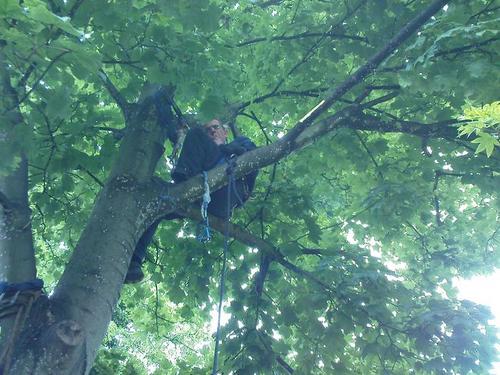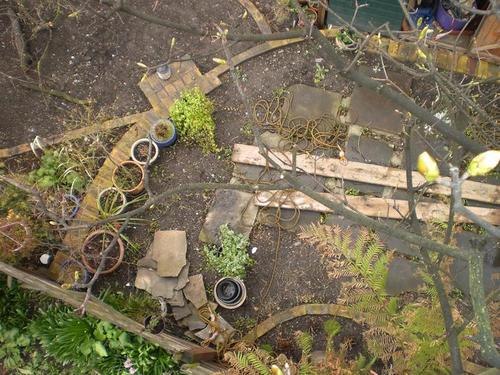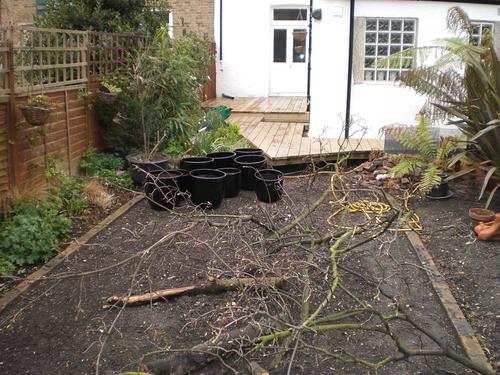billw
The Tattooed One
So today I was planing a piece of walnut and fastidiously checking it for flatness after every few passes of the plane. Now to an untrained eye (mine) it looked "alright", and using a square on it showed a slither of sunlight creeping through because of one or two high points on each check along the length. I'd say maybe 0.1 to 0.3mm on average, sometimes creeping up to 0.5mm.
At some point I must have decided that I should try and eliminate these pesky gaps but I soon ran into the endless loop of correcting one gap only to create another, quite often worse, one elsewhere. I finally just figured I'd hit my talent limit - I could have adjusted the plane but it was already taking off such thin shavings that I didn't dare tamper with the setting.
So question for everyone - do you have a point at which you say "yeah, that's flat" and what's the tolerance?
At some point I must have decided that I should try and eliminate these pesky gaps but I soon ran into the endless loop of correcting one gap only to create another, quite often worse, one elsewhere. I finally just figured I'd hit my talent limit - I could have adjusted the plane but it was already taking off such thin shavings that I didn't dare tamper with the setting.
So question for everyone - do you have a point at which you say "yeah, that's flat" and what's the tolerance?




































